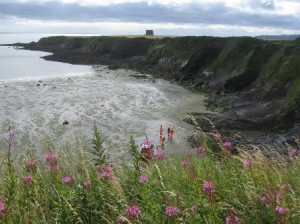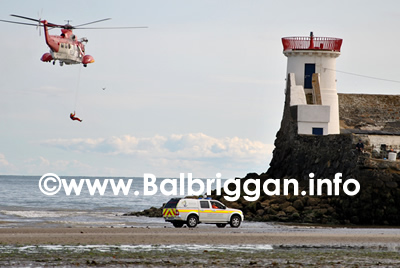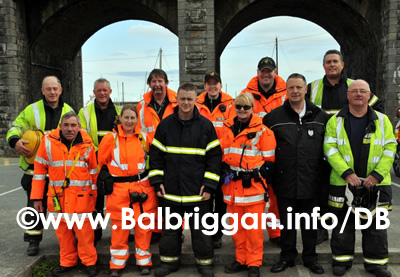Skerries Coast Guard were recently requested to partake in filming for a documentary “Le monde vu du train” for the French TV channel, Voyage – part of the National Geographic Channel and Fox Group. The team met with Director Olivier Weber and his film crew as they travelled the East coast of Ireland. Filming took place at the Skerries Coast Guard station and also out on patrol with the team at the nearby picturesque fishing village of Loughshinny.
and his film crew as they travelled the East coast of Ireland. Filming took place at the Skerries Coast Guard station and also out on patrol with the team at the nearby picturesque fishing village of Loughshinny.
The Skerries Coast Guard team were interviewed about various subjects including the important role of the Irish Coast Guard and its coastal rescue teams, typical incidents the Coast Guard responds to and the dangers posed by the local coastline. Olivier had previously featured the French Coast Guard in earlier documentaries and was keen to include the Irish Coast Guard in this latest one.
For more information on this TV documentary series, visit their website.
Skerries Coast Guard – a voluntary rescue unit of the Irish Coast Guard
Remember – if you spot someone in difficulty on the coast dial 999 or 112 and ask for the COAST GUARD. Your call could save their life.


